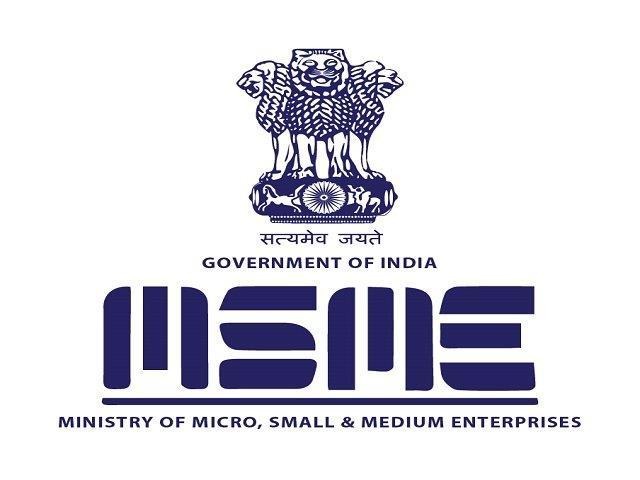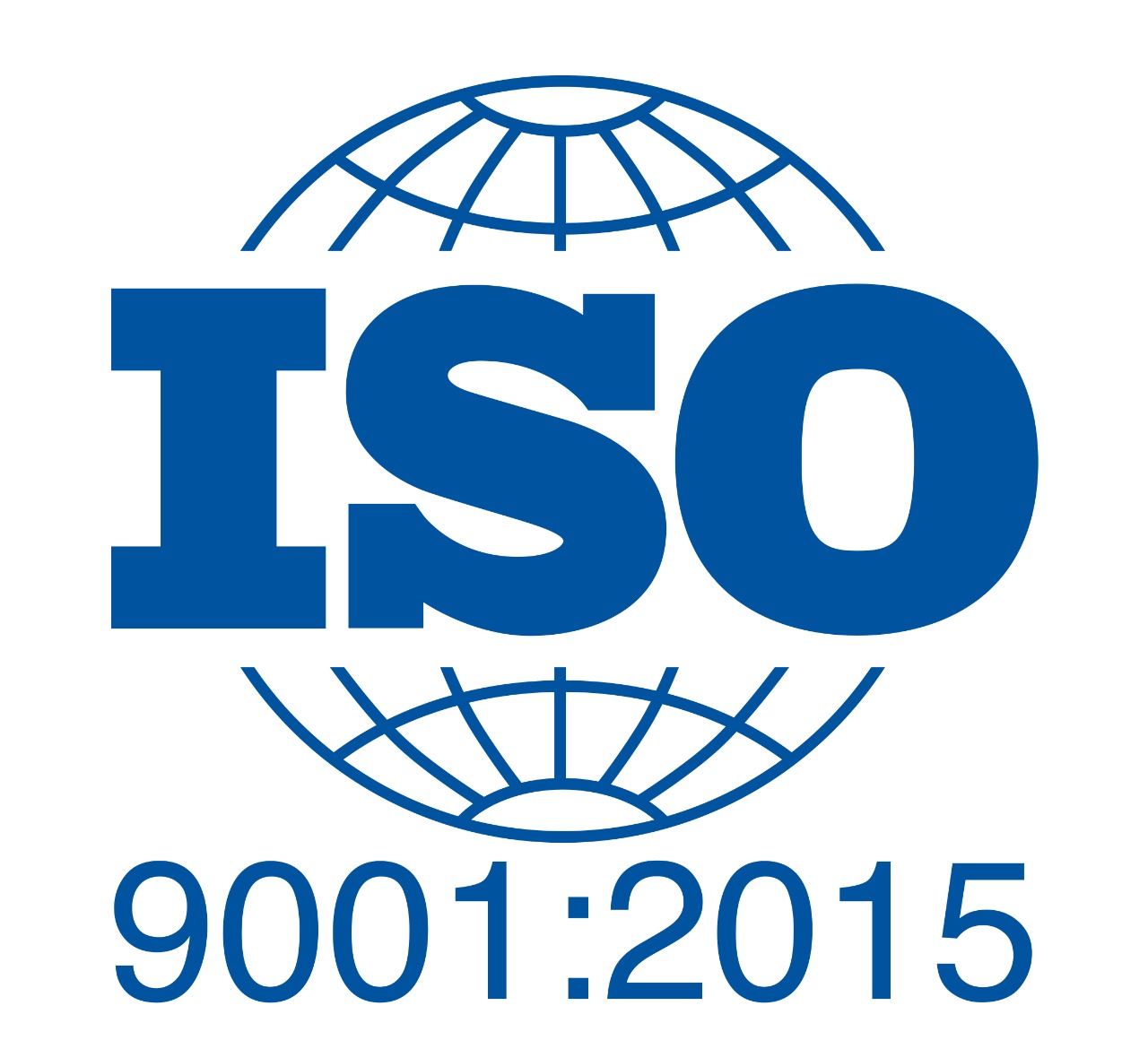
The U.S. administration has imposed a 26% tariff on Indian imports, effective April 9, 2025. This move is part of a broader strategy aimed at addressing trade imbalances and protecting domestic industries. While such measures are within a nation’s sovereign rights, they inevitably introduce complexities into international trade dynamics. For India, these tariffs present both challenges and opportunities: challenges in terms of increased costs for exporters, and opportunities to explore new markets and diversify trade partnerships
The sectors most impacted by the recent U.S. tariffs include electronics, gems and jewelry, textiles, and certain automotive components. These products, traditionally reliant on air cargo due to their high value and time-sensitive nature, are now subjected to increased tariffs, leading to a projected decline in export volumes. For instance, exports of electronics and smartphones to the U.S., which stood at $14.4 billion in 2024, are anticipated to decrease as a result of the 26% tariff . This decline is expected to directly impact air cargo volumes, as exporters may reduce shipments or seek alternative markets.
While the tariffs themselves do not directly increase freight costs, they elevate the overall landed cost of products. Exporters may face tighter profit margins, prompting them to renegotiate freight rates or seek more economical shipping methods. Additionally, the anticipation of tariffs has led some exporters to expedite shipments to the U.S. before the tariffs took effect, temporarily increasing demand for air freight services and potentially influencing short-term freight costs .
Given the increased costs associated with the tariffs, some exporters are indeed considering a shift to sea freight, especially for products that are less time-sensitive. Sea freight offers a more cost-effective solution, albeit with longer transit times. This strategic shift aims to mitigate the financial impact of the tariffs. However, for high-value and time-sensitive goods, air freight remains indispensable despite the higher costs.
In conclusion, the recent U.S. tariffs have introduced significant challenges for Indian exporters, particularly those relying on air cargo for high-value goods. While these measures pose immediate hurdles, they also underscore the importance of diversifying markets and exploring alternative logistics strategies to maintain competitiveness in the global arena.




